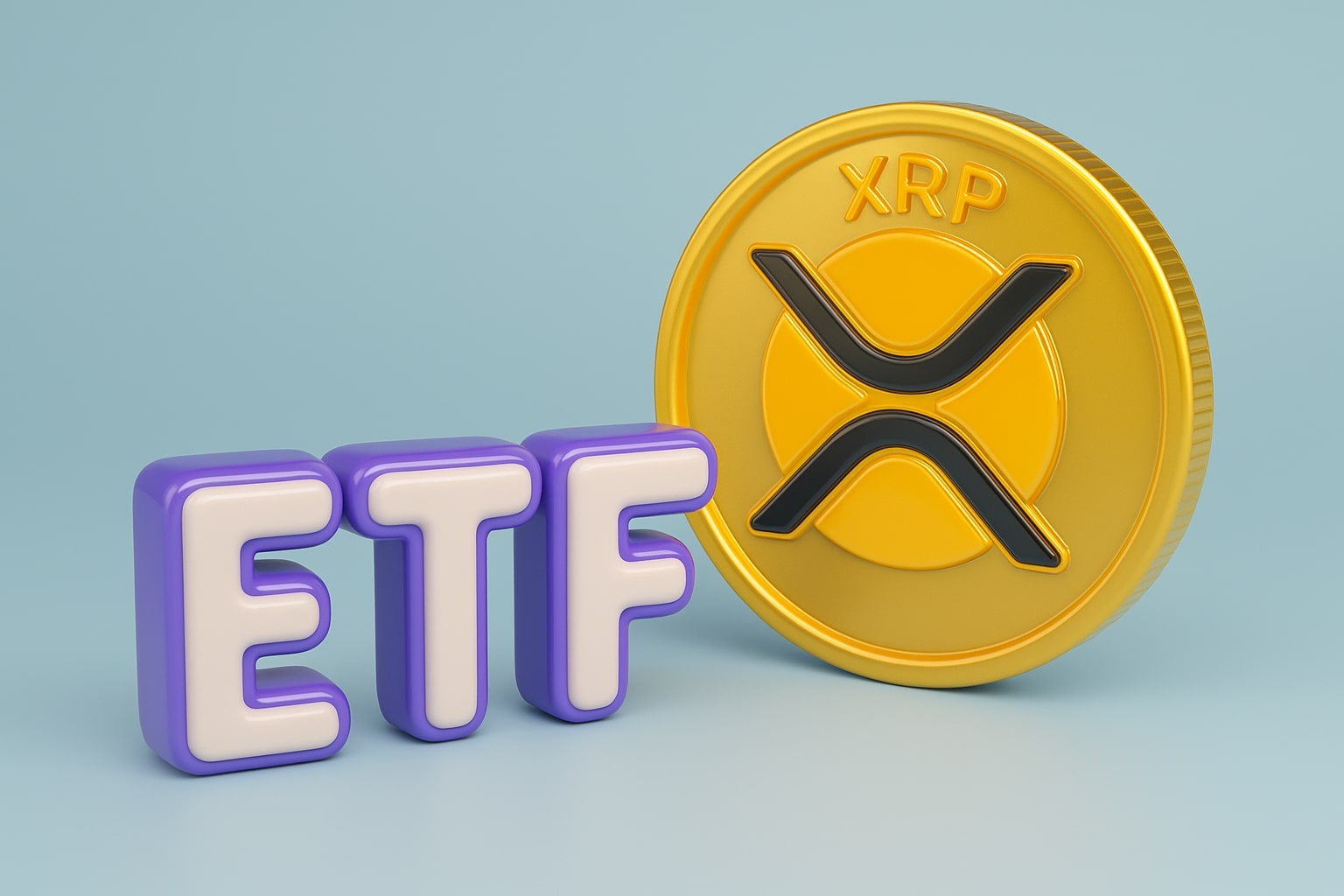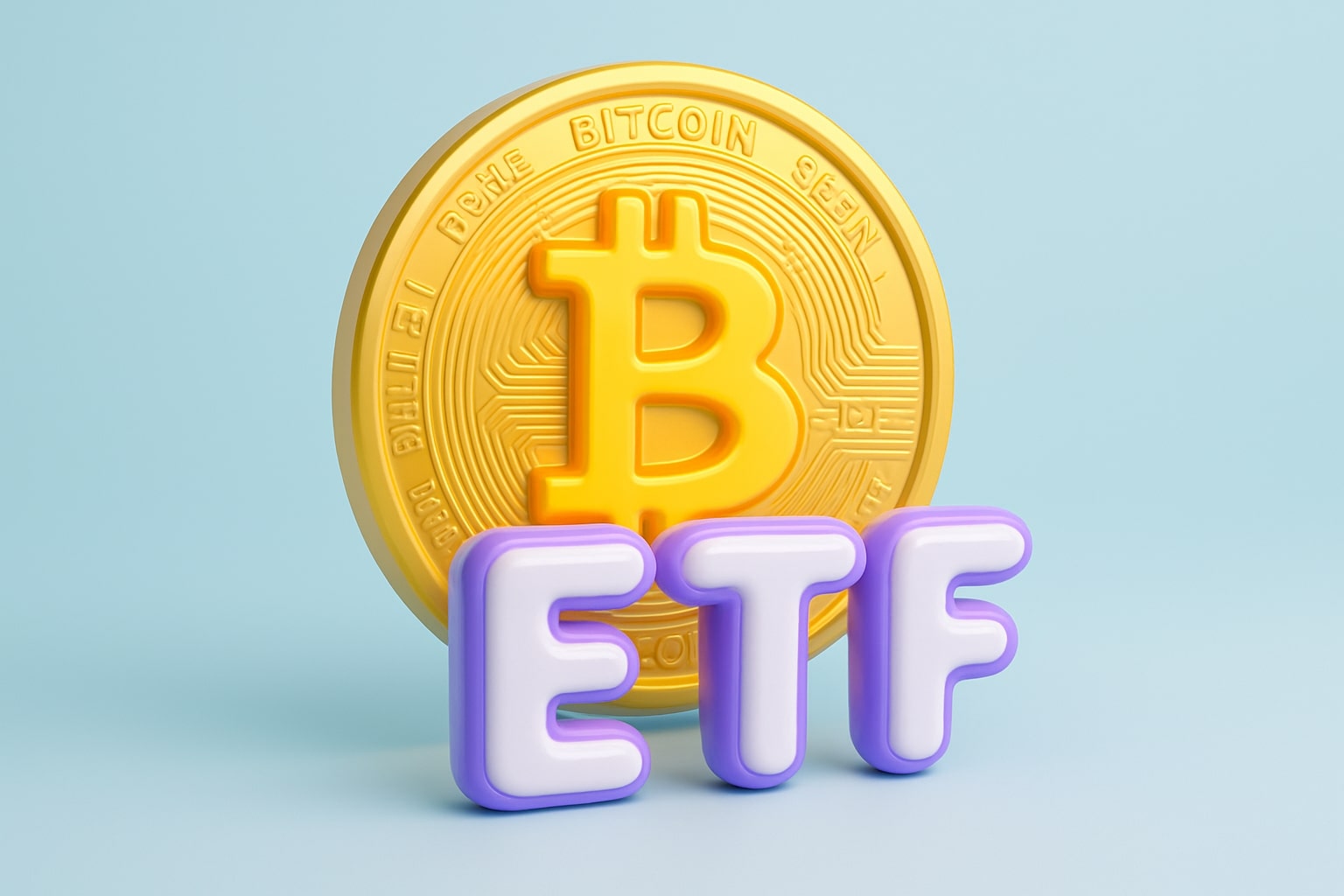
Gold Price Forecast - XAU/USD Drops Below $4,000 as China Policy Shift Trigger Market Pullback
Gold (XAU/USD) declines to $4,004 per ounce, extending a short-term correction after the Fed’s final 2025 rate cut, a firmer U.S. dollar, and China’s removal of retail gold tax breaks | That's TradingNEWS
Gold (XAU/USD) Fails to Hold $4,000 as Dollar Strength and Fed Outlook Trigger Consolidation
Gold (XAU/USD) is trading just above $4,000 per ounce, down from its early October high of $4,314, as renewed dollar strength and a more hawkish Federal Reserve tone weigh on the metal. It currently fluctuates between $4,004 and $4,028, marking the first time this month it slipped under the key $4,000 level. The drop came after Fed Chair Jerome Powell suggested that the latest 0.25% rate cut might be the last for 2025, causing traders to sharply lower their expectations for another December cut—from 90% to about 70%. That shift in sentiment has slowed gold’s Q3 rally and pressured prices lower. Meanwhile, the U.S. Dollar Index (DXY) remains firm near 99.9, its highest reading since August, creating a direct headwind for bullion.
Fed Policy, Treasury Yields, and the Global Safe-Haven Shift
The Federal Reserve’s tightening tone and stable 10-year Treasury yield at 4.31% have reduced gold’s appeal in the short term by increasing the opportunity cost of holding a non-yielding asset. Simultaneously, improved risk sentiment after the Trump–Xi tariff truce extension reduced safe-haven demand, while easing U.S.–China tensions limited geopolitical inflows into gold. The impact was compounded by China’s decision to end tax incentives on domestic gold sales, curbing demand from small jewelry traders and retail investors. Despite this, large-scale institutional and central bank purchases continue to provide long-term structural support. Central bank reserves tied to gold have now exceeded $1.5 trillion, highlighting the continued trend of diversification away from the U.S. dollar.
Technical Structure: Consolidation Between $3,850 and $4,100 Defines the Battle Zone
Technically, gold’s price action remains confined to a consolidation channel between $3,850 and $4,100. The 20-day EMA sits near $4,021.87, while the 50-day and 100-day EMAs overlap between $3,860–$3,880, forming the short-term demand zone. The $3,850 mark is a key pivot—if it holds, buyers could drive a rebound toward $4,250–$4,314, the recent October peak. A break below that level, however, opens the door for deeper corrections toward $3,660. The RSI has cooled from an overbought 80 to a neutral 54, suggesting consolidation rather than trend reversal. A close above $4,100 would trigger the next bullish breakout toward $4,450–$4,500, while a drop below $3,850 would confirm a short-term downtrend.
Macro Drivers and Central Bank Positioning Keep Long-Term Trend Intact
Fundamentally, gold’s structural outlook remains bullish despite this pause. Central banks across emerging and developed economies continue adding to reserves, accumulating roughly $220 billion in 2025 alone. This accumulation reflects concern over global debt—now exceeding $35 trillion in the U.S.—and inflation expectations that remain anchored near 2.9% for 2026. Real yields are still near zero, preserving gold’s long-term attractiveness as a strategic hedge. These macro imbalances, combined with slowing growth and high government borrowing, continue to anchor gold’s role as an inflation shield and portfolio stabilizer even as speculative flows soften.
Impact of Chinese Market Dynamics and Global Physical Demand
China’s withdrawal of retail tax benefits for domestic gold sales temporarily pressured demand, particularly among small-scale dealers. However, premiums on the Shanghai Gold Exchange remain elevated at roughly $45 per ounce, showing that underlying demand persists. In India, festival season buying continues to support regional markets, with dealers reporting stable trade volumes at approximately $3,970 per ounce, reinforcing global price resilience below $4,000. These strong physical flows, combined with institutional accumulation, indicate that dips toward $3,850 are being viewed as buying opportunities by large market participants.
Intermarket Correlation: Silver’s Surge and Dollar Strength Tug-of-War
The strength in the dollar has created a tug-of-war across precious metals. Silver (XAG/USD), currently at $48.66, remains near its 2025 peak of $53.34, outpacing gold’s percentage gains for the year. The gold-to-silver ratio of 82:1 indicates silver’s relative undervaluation, often a bullish signal for gold in the medium term. However, near-term movements remain dictated by the DXY, which could soften if upcoming U.S. CPI or ISM manufacturing data show weakness, potentially reigniting gold’s next upward leg toward $4,250 and beyond.
Market Sentiment: Hedge Funds Trim Longs While ETFs Hold Steady
Data from the CFTC show speculative funds trimming long exposure by 7% over the past two weeks, with short positions increasing to 28,500 contracts. However, long-term investors remain committed, as ETF holdings like SPDR Gold Shares (GLD) stand firm at 879 tonnes, just 0.2% lower than the previous month. This indicates that while short-term traders are locking profits, strategic investors are maintaining core positions. The resilience of institutional demand contrasts with the heavy liquidation seen in earlier market cycles, emphasizing that this correction is part of a broader accumulation phase.
Read More
-
PFFA ETF Nears $21.50 as Rate Cuts and 9.49% Yield Spark Renewed Demand
29.11.2025 · TradingNEWS ArchiveStocks
-
XRPI and XRPR ETFs Ignite Ripple’s Institutional Rally as Inflows Near $1B and XRP Holds $2.20
29.11.2025 · TradingNEWS ArchiveCrypto
-
Natural Gas Price Forecast - NG=F Blasts to $4.85 as Demand Surge Fuel Multi-Month Breakout
29.11.2025 · TradingNEWS ArchiveCommodities
-
USD/JPY Price Forecast - Yen to Dollar Slides to 156.10 as Yen Strengthens on Fed Cut Expectations
29.11.2025 · TradingNEWS ArchiveForex
Short-Term Catalysts and Key Price Levels Ahead
The market’s immediate focus is whether gold can maintain support between $3,850 and $3,880 amid renewed Treasury yield strength. A move above $4,100 could open the door toward $4,250–$4,314, while a breakdown below $3,850 exposes $3,660, and potentially $3,500 if momentum accelerates. The long-term anchor remains the 200-day EMA near $3,388, the lower bound of the current bullish cycle. Traders are now watching upcoming inflation data, job numbers, and Fed commentary for clues on whether the next breakout occurs before year-end or in early 2026.
Outlook: Momentum Cooling, Structural Bull Market Intact
Gold is in a cooling phase after a historic run through 2025, and this consolidation is more technical than fundamental. The broader bull cycle remains intact, supported by central bank diversification, long-term inflation hedging, and systemic fiscal pressure. The inability to reclaim $4,100 keeps short-term momentum subdued, but once regained, it could catalyze the next advance toward $4,500 and eventually $5,000.
Verdict: HOLD with Bullish Medium-Term Bias
The overall stance for XAU/USD remains HOLD. Short-term tone is neutral to mildly bearish toward $3,850–$3,880, while medium-term direction points upward. The next sustainable breakout is likely once the market clears $4,100–$4,250, with structural targets at $4,450–$4,500, extending toward $5,000 if real yields continue to ease and global reserve accumulation accelerates



















